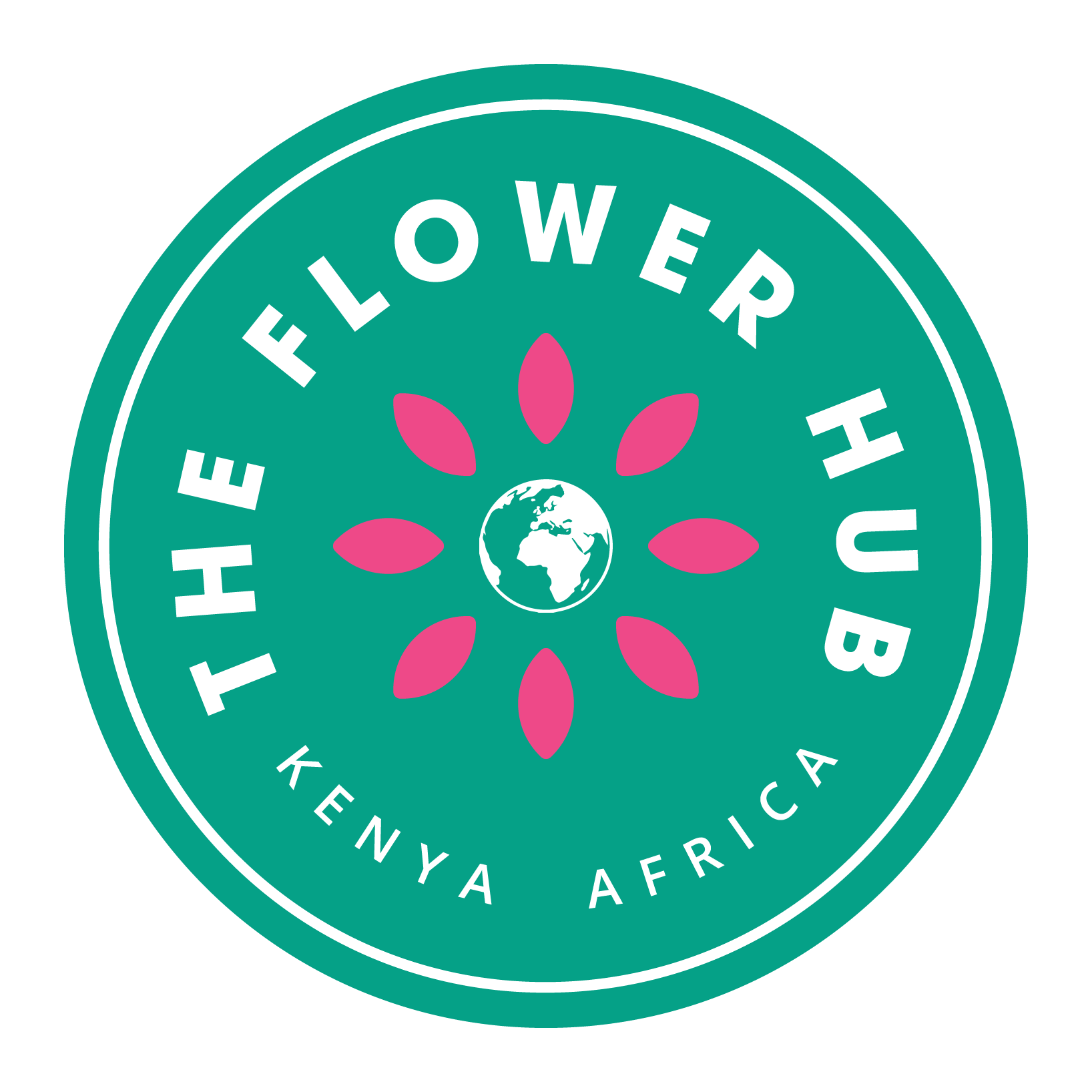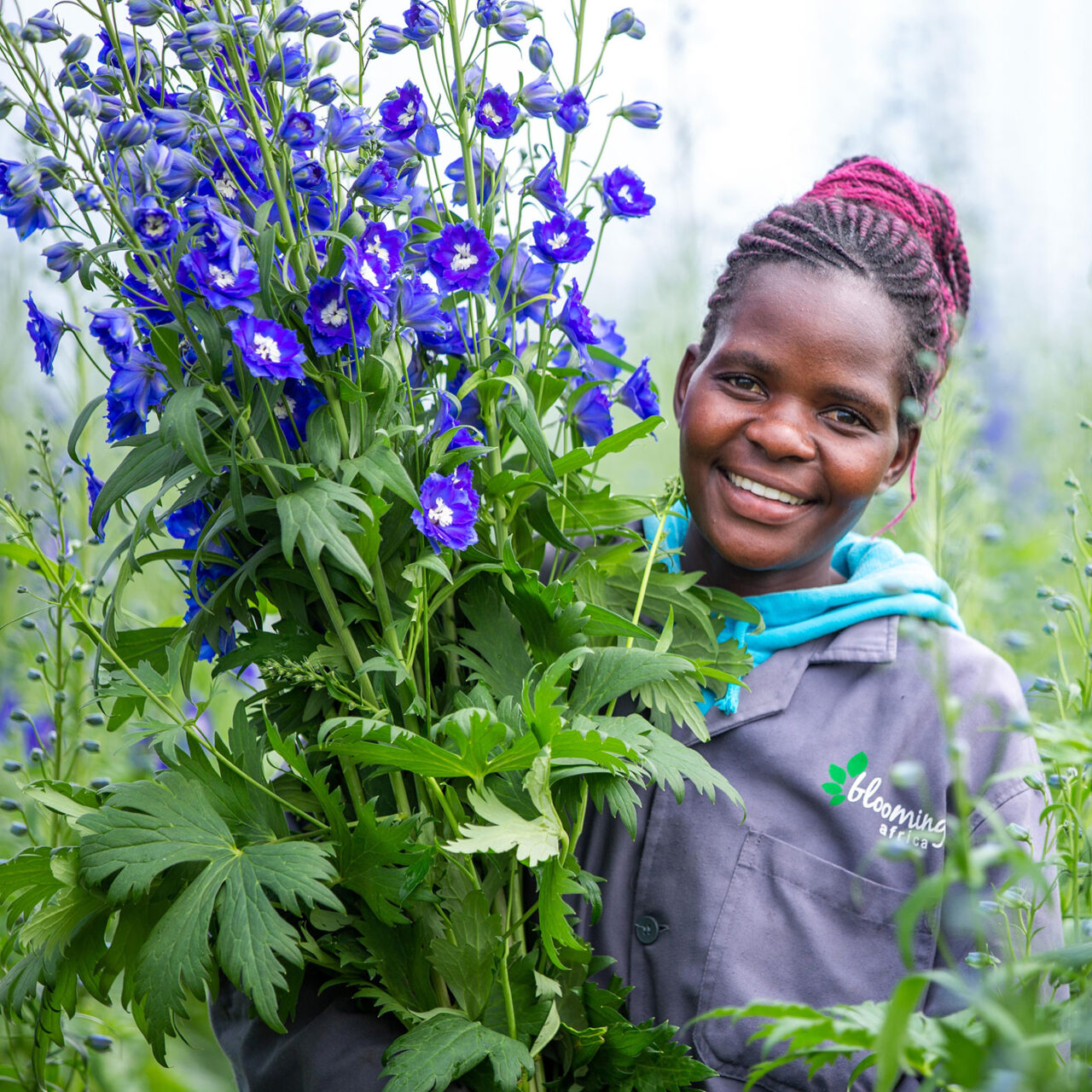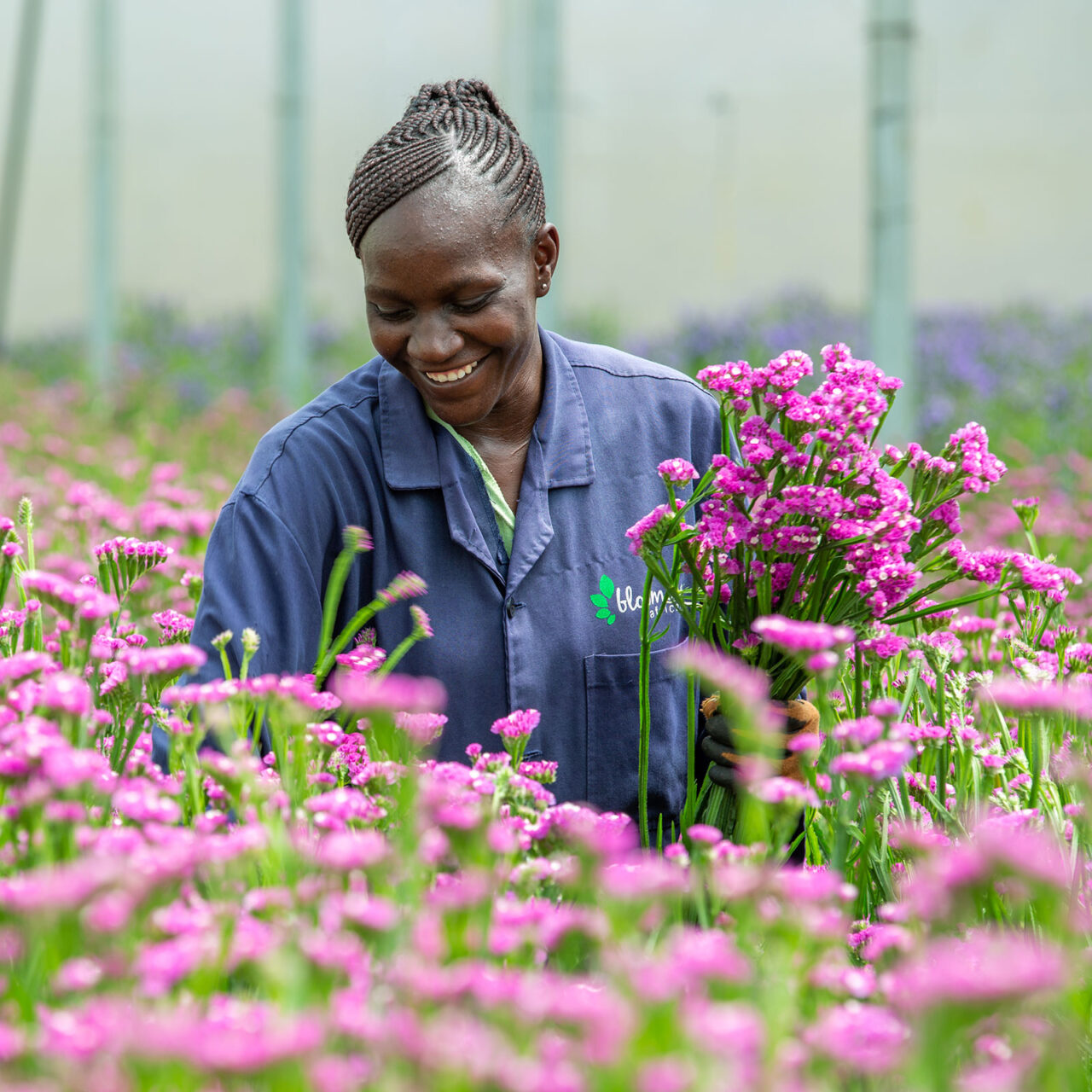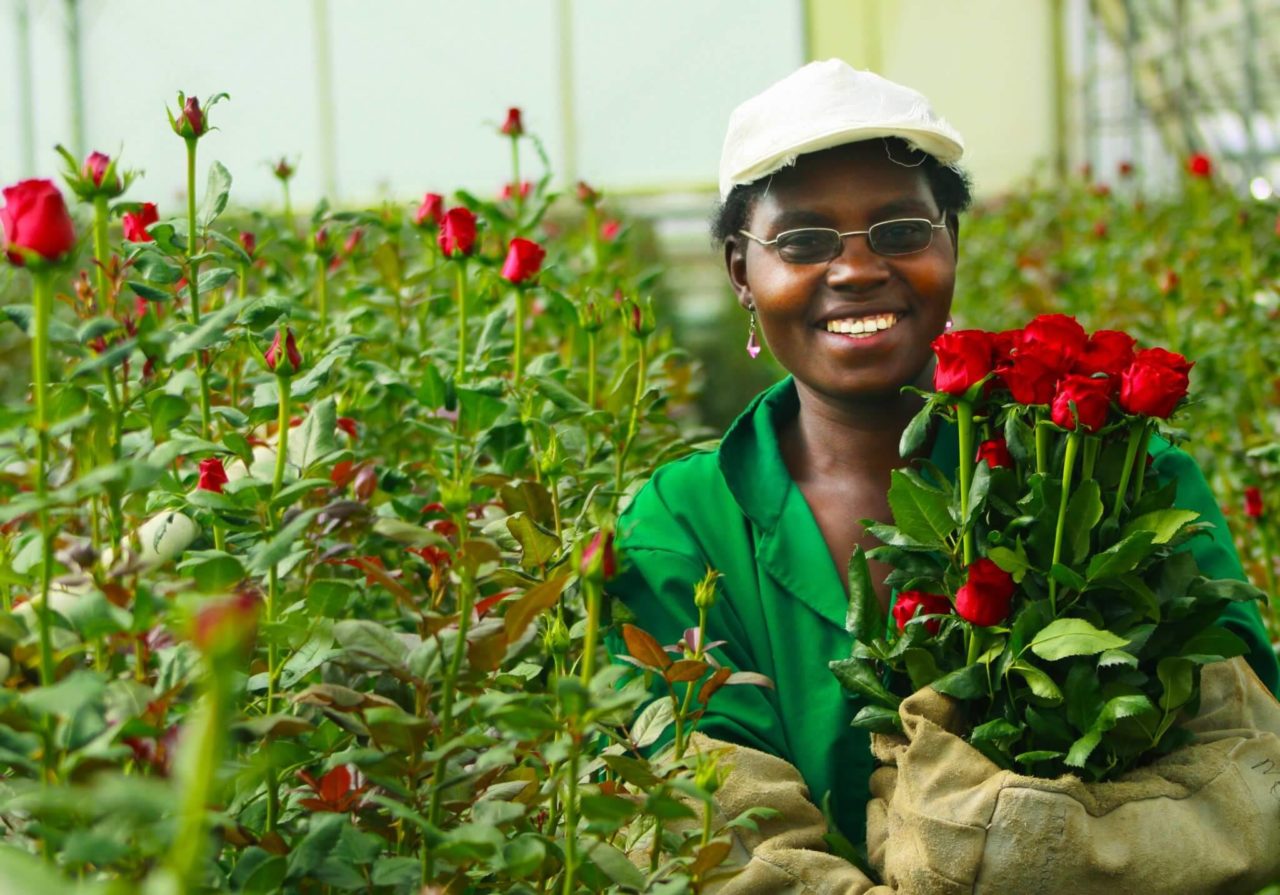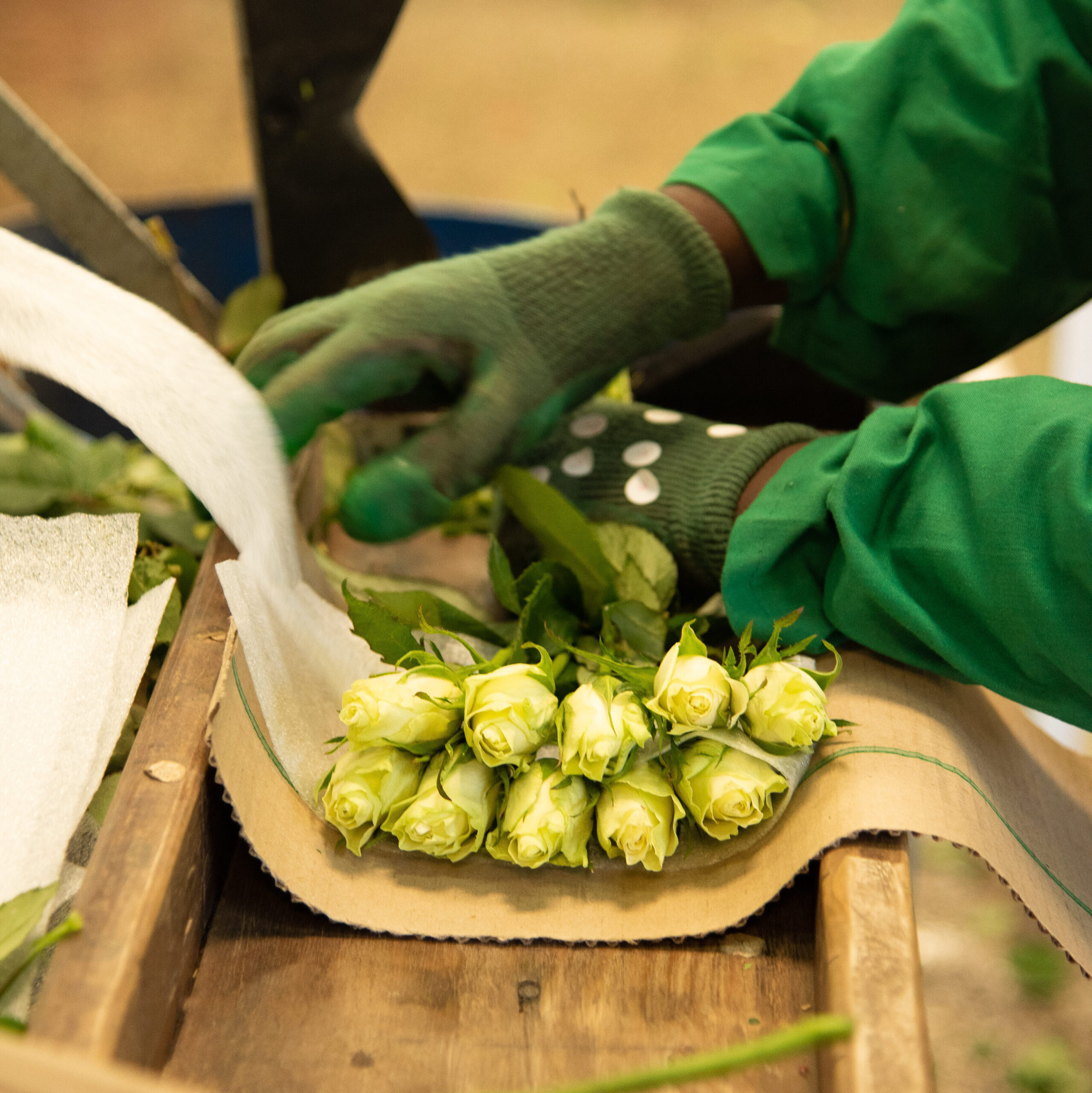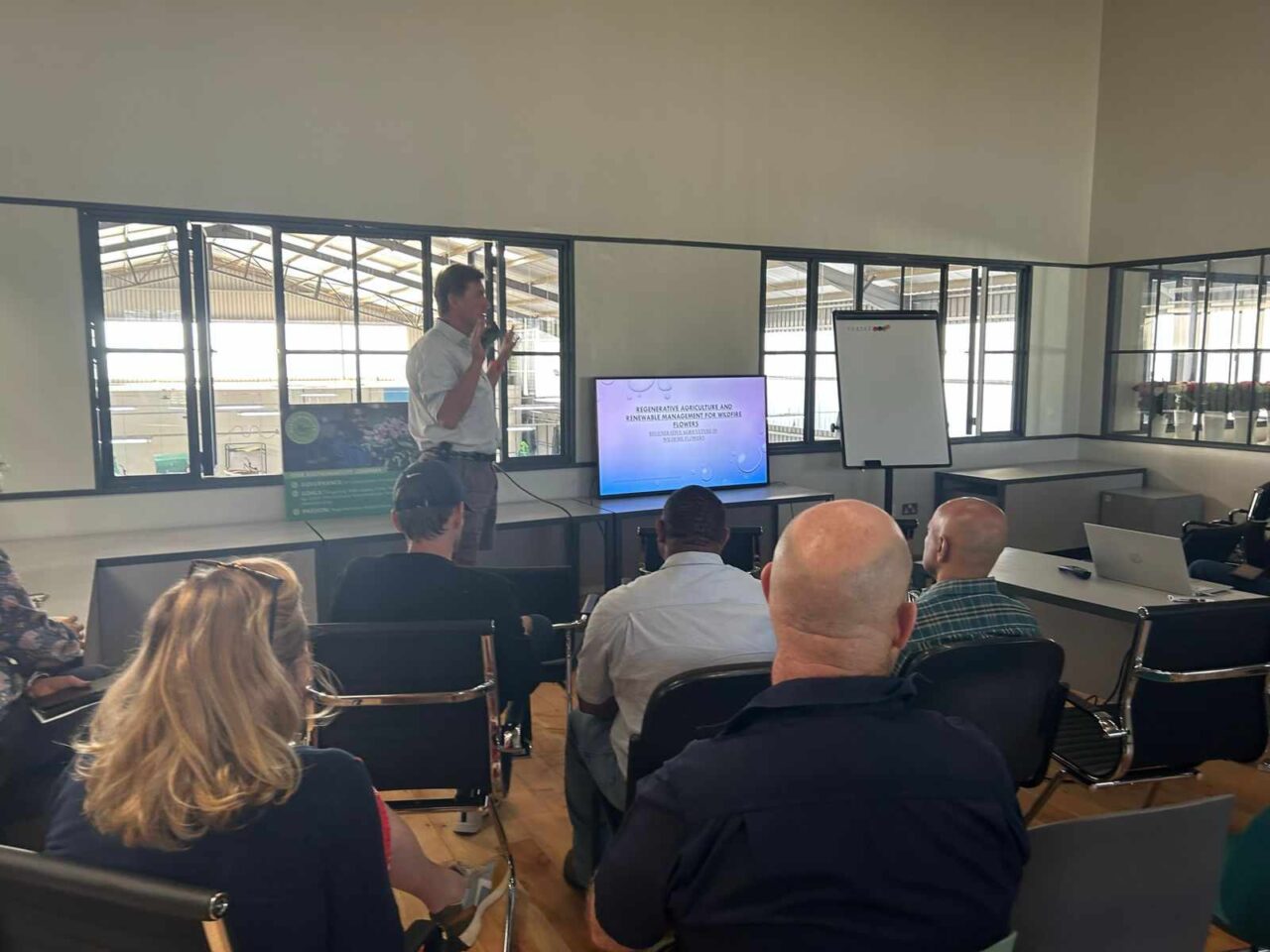
As most of our stakeholders will have gathered now we are passionate about sustainability and making sure that everything we do and the decisions we make ensure the lowest possible impact on our planet.
We are keen to use our extensive supplier network to be a force for good for horticulture in this country. And ultimately to leave our land, our people and our environment unscared by any of the farming and the flowers that we supply.
To this end on the 19th September we had our first Regenerative Horticulture day. This was to start an open conservation and to encourage collaboration and between our growers and suppliers to share ideas and techniques to improve sustainable growing techniques. The first of these was addressing Soil Health.
We were joined by an ensemble of our growers and other specialists such as Cropnuts the nutrition experts, Farmer Max a chicken producer and Juju Kennedy an online retailer.
Part 1: Understanding Soil Health and Regenerative Agriculture
The seminar kicked off with a reflection on how nature, particularly forests, maintains a balance of biological systems. Regenerative farming is a holistic agricultural practice that focuses on restoring soil health and biodiversity, while producing yields. It involves minimizing the use of chemical inputs, and instead relies on techniques that mimic natural ecosystems to promote soil regeneration. The focus was on how modern agricultural practices have disrupted the natural microbial systems of plants. Key practices discussed included:
- Minimum Tillage- Reducing soil disturbance helps preserve the natural structure and microbial health of the soil. It minimizes erosion and allows crops to thrive by retaining moisture.
- Cover Crops- Planting cover crops keep soil active year-round, providing nutrients, improving soil texture, and reducing water evaporation.
- Soil Moisture- Over-tilling compacts the soil, limiting moisture retention. Deep tilling (once) followed by shallow tillage prevents soil compaction and improves water retention.
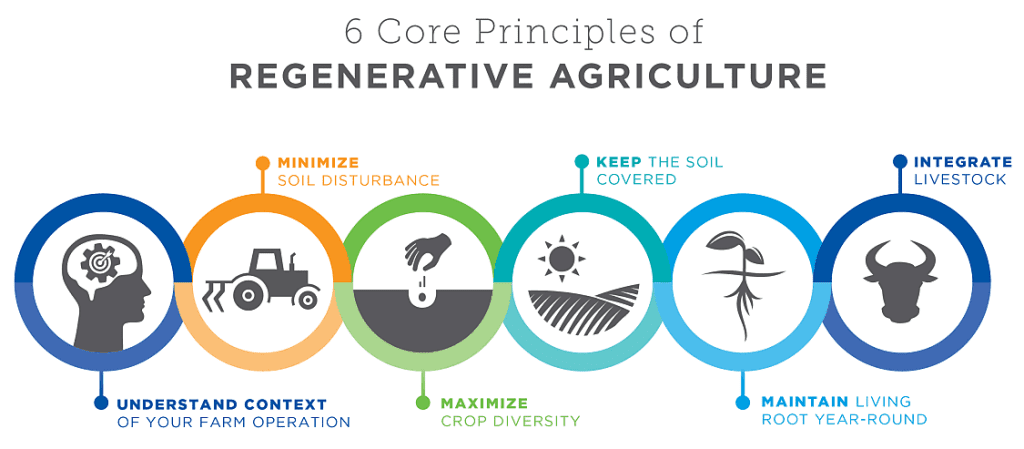
Part 2: Composting for Soil Health
We visited the compost site, where several stages of compost were observed. Key insights include:
- Indicators of Quality Compost, the compost was rich in organic matter, largely sourced from flower leaves and canteen waste. The leaves had been broken down into smaller pieces to enhance microbial activity.
- Aeration and Temperature, compost piles were aerated frequently and covered with fleece to increase temperature, which helps kill pathogens.
- V-Shaped Piling, this composting method allows for better air circulation, promoting faster decomposition.
- C: N Ratio, an optimal carbon-to-nitrogen ratio of 25:1 was highlighted as ideal for creating nutrient-rich compost.
- Composting Techniques, aerobic composting was favored due to its ability to destroy pathogens and weed seeds through high temperatures, resulting in stable, nutrient-dense compost.
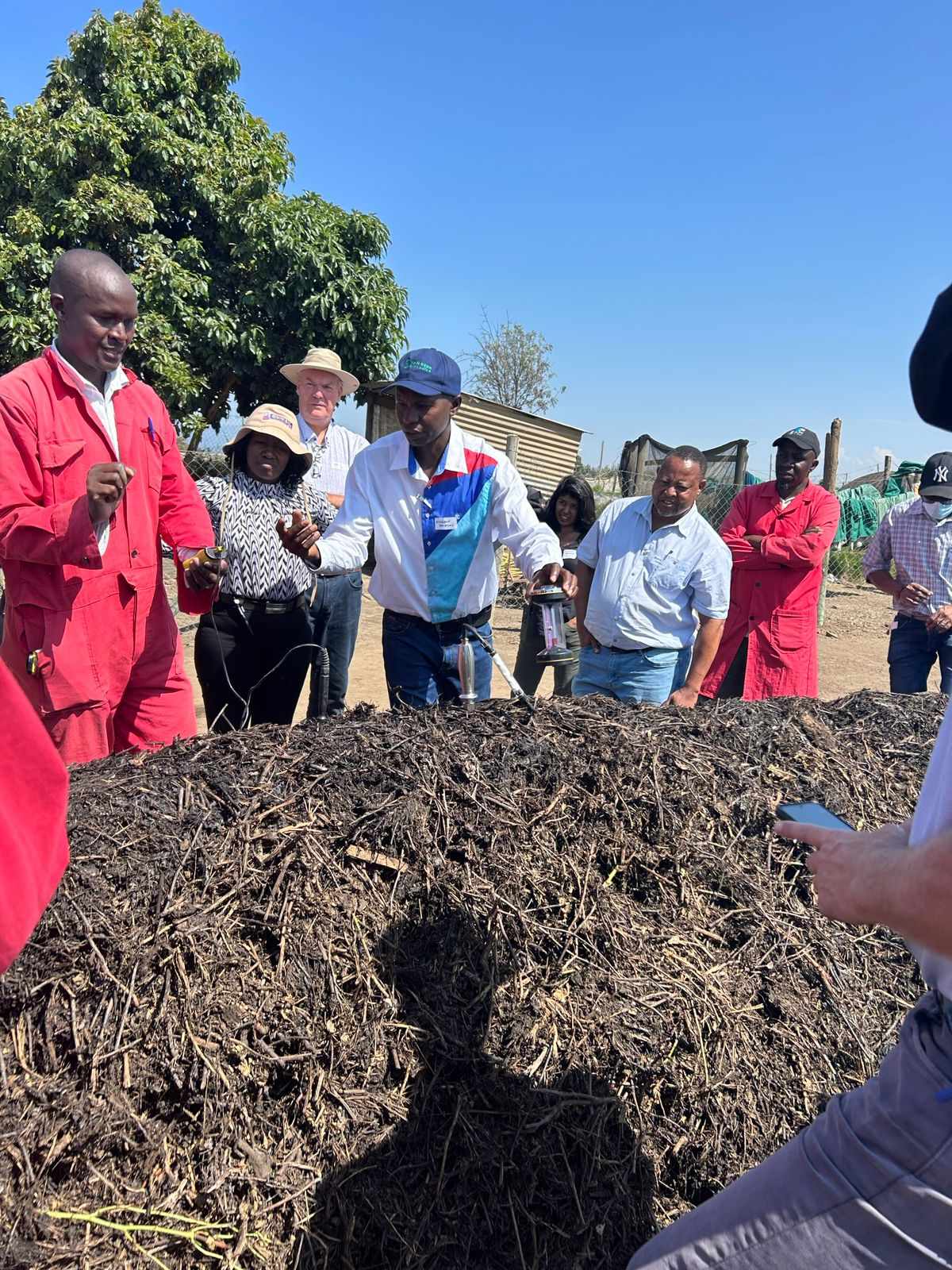
Part 3: Vermicomposting
Vermicomposting, using red wigglers, was introduced as a highly efficient process for breaking down organic waste. These worms reproduce quickly and consume large amounts of organic matter, making them ideal for fast composting. Vermicompost, or worm tea, can be diluted in a 1:20 ratio with water for farm application.
The versatility of Cone kitchen garden was also discussed, showing that small-scale composting can even be done at home.
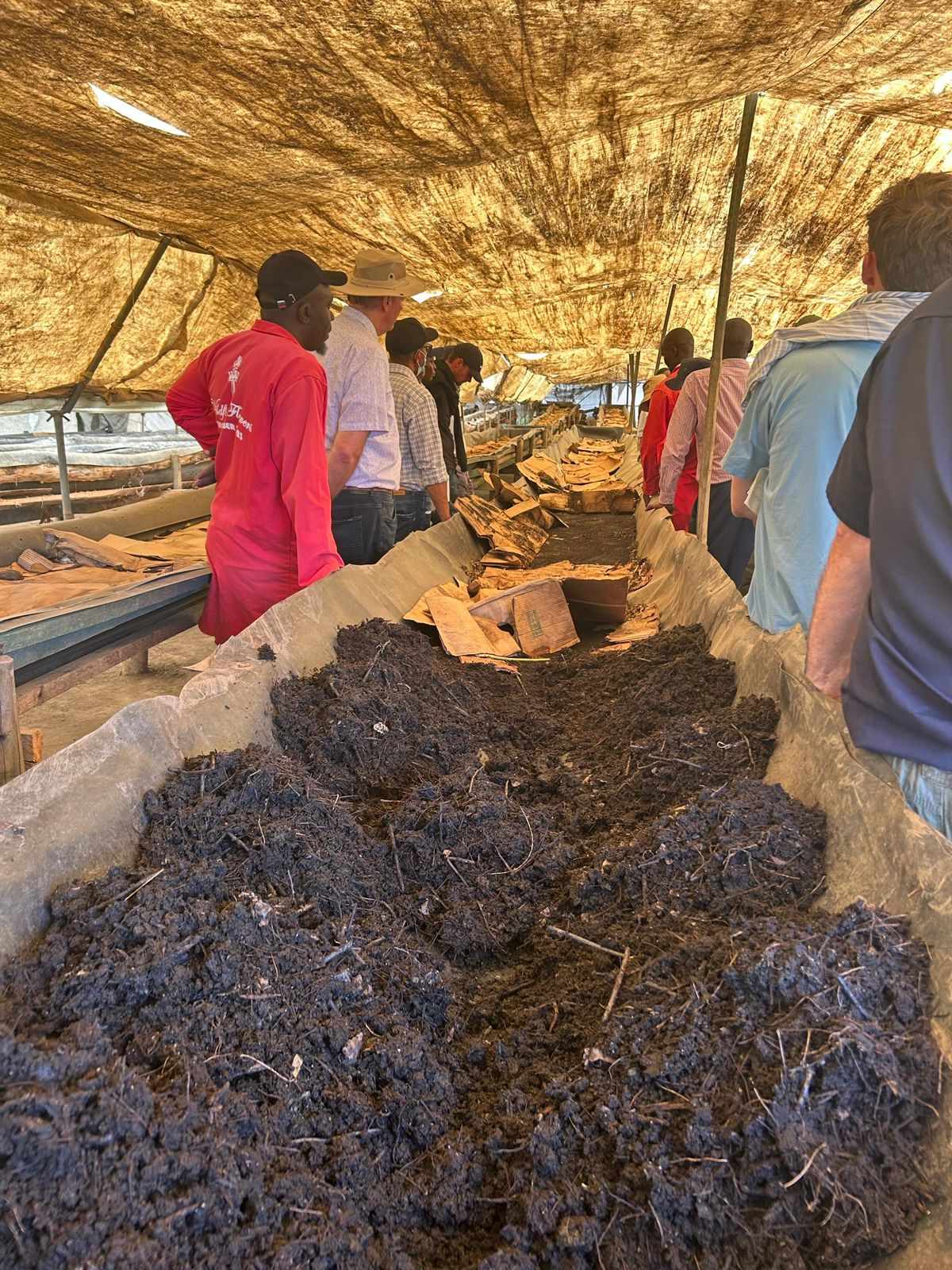
Part 4: Deep Soil Ripping & Soil Aeration
The discussion also covered soil structure improvement through deep ripping, a process that breaks down compacted soil layers to allow roots to access subsoil moisture. Shallow tilling repeatedly can compact the soil, while deep tilling once improves soil productivity.
- Cover Crops, these crops help maintain soil roots and ensure continuous microbial life in the soil.
- Soil Aeration, improving aeration through compost ensures better water retention and healthier crop growth.
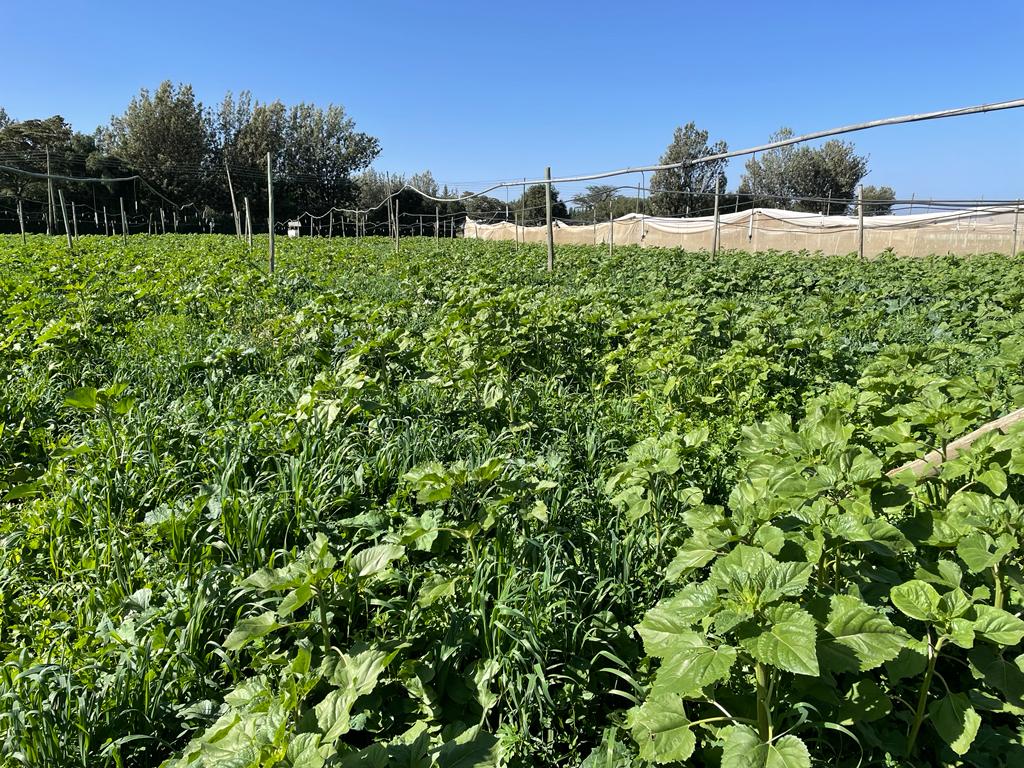
Part 5: Integrated Crop Management (ICM) by CropNuts
CROPNUTS introduced the concept of Integrated Crop Management (ICM), which blends science and sustainability to improve farming outcomes. ICM focuses on reducing chemical inputs and maximizing natural soil processes.
Key Principles of ICM:
- Balanced Input Use, ICM encourages using natural resources efficiently while minimizing the need for synthetic fertilizers and pesticides. It promotes the careful monitoring of soil and crop health to determine the exact nutrient needs, avoiding over-reliance on chemicals.
- Crop Rotation and Diversity integrating different crops helps improve soil health and prevent the depletion of nutrients. Crop diversity also enhances biodiversity, reducing the risks of pests and diseases.
- Pest and Disease Management by focusing on prevention rather than treatment, ICM utilizes biological controls and natural predators to manage pest populations, reducing the need for harmful pesticides. This leads to healthier crops and fewer pesticide residues.
- Biochar a highlight of the session was biochar, a high-carbon, porous material produced by slow-burning organic matter. Adding biochar to the soil improves its water retention, structure, and microbial life, making it a key tool in regenerative farming.

Part 6: Visit to Sanctuary Farm
At Sanctuary Farm, we explored roundtable discussion and the delicate balance required in regenerative farming:
- Microbial Balance, while compost is crucial, over-reliance on nitrogen-heavy compost can disrupt the balance. Synthetic fertilizers offer short-term solutions but are harmful in the long run, as they reduce soil aeration and increase water consumption.
- Spot Spraying, precision spraying of organic foliar and pesticides was suggested as a solution to tackle specific crop issues without harming the environment or farm workers.
- Mulching, the use of shredded leaves from flowers to mulch and suppress weeds was effective in improving soil quality, reducing water loss, and promoting microbial life. Sunfloritech, a farm practicing this, has significantly reduced plant disease and worker illnesses.
- Pathogen Control, soil-borne pathogens, including nematodes, fungi, and bacteria, can cause significant crop losses. Introducing crop diversity and proper mulching helps manage these pathogens.
- Chitin and Chitinase, the use of chitin, found in the cell walls of fungi, and chitinase enzymes can break down these pathogens, providing a biological solution to managing soil-borne diseases.
- Soil Steaming, although effective at killing pathogens, soil steaming also disrupts microbial life, so its use must be carefully balanced to avoid long-term negative effects on soil health.
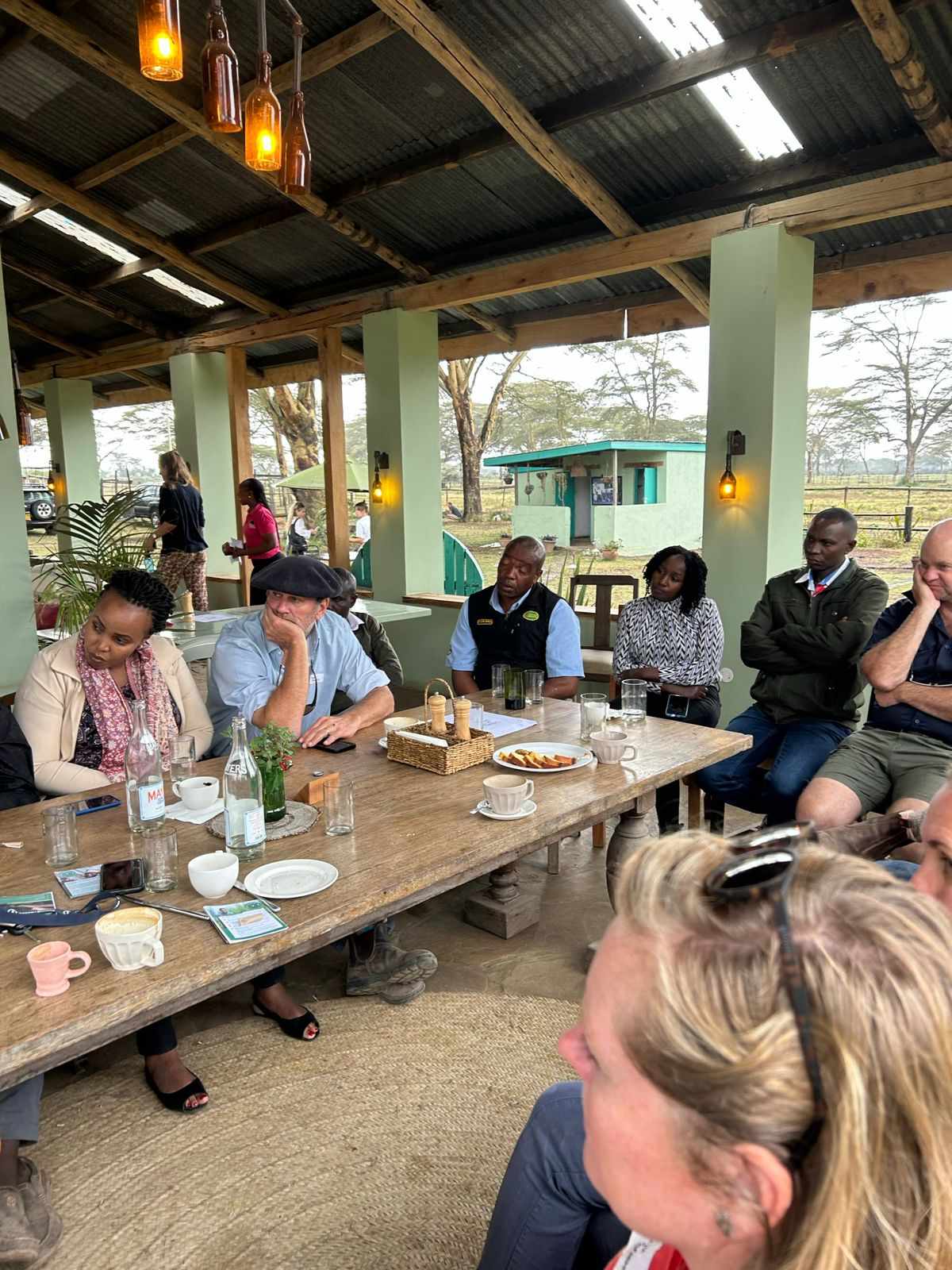
Part 7: Way Forward in Promoting Regen
- The Flower Hub can play a pivotal role in accelerating the transition to regenerative agriculture among growers. First, we can implement a tiered support system where we incentivize responsible growers by providing them access to premium markets and offering them resources on regenerative practices through regular seminars. We can partner with experts like Cropnuts to provide technical training on soil health, composting, and biochar use.
- Grower-to-Grower learning, establishing a platform for growers to exchange knowledge and experiences. This could include webinars, farm visits, and discussion forums, where farmers can learn from each other’s successes and challenges in transitioning to regenerative agriculture.
- Collaborate with certifying bodies, partner with organizations promoting sustainable agriculture, such as FSI and other certifying bodies, to streamline the certification process for growers. This will simplify compliance and increase adoption of regenerative practices.
- Promote regenerative flowers to consumers by building a brand identity around regenerative agriculture. Highlight the environmental and social benefits of sourcing from responsible growers to attract conscious consumers. Use labels like “FSI Certified” or “Sustainably Grown” on flowers.
- Support for gradual transition, recognize that most farmers still depend on synthetic fertilizers and modern farming methods. Develop step-by-step guides for gradually shifting to regenerative practices without affecting yields in the short term by considering all major costs.
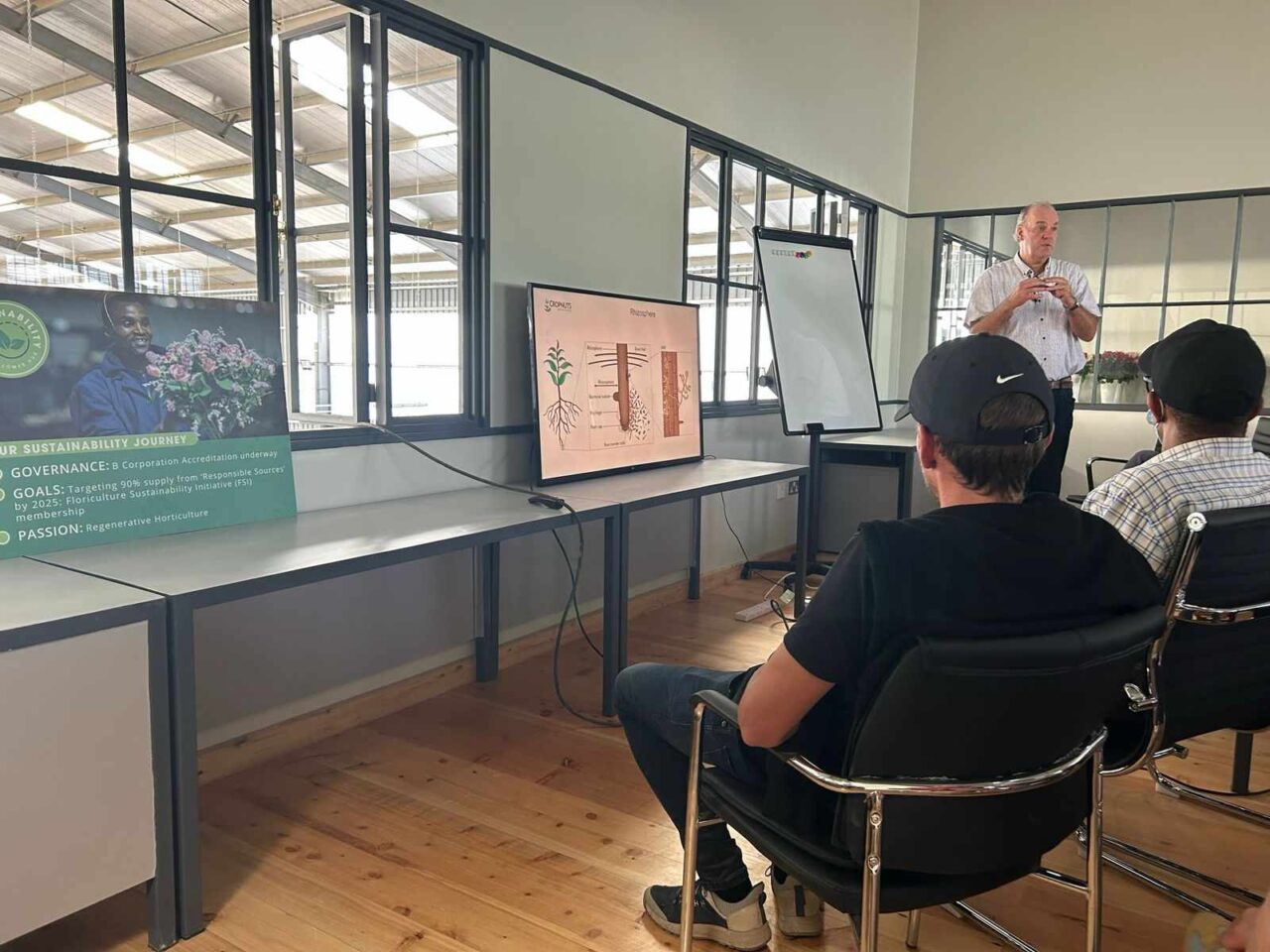
Want to find out more about partnering with The Flower Hub, read more here.
Interested in learning more about slashing flower waste and increasing your profits as a wholesalers, please read more here.
Thank you to one of our partner farms Wildfire Flowers and Sanctuary Farm for being a part of this informative day!
